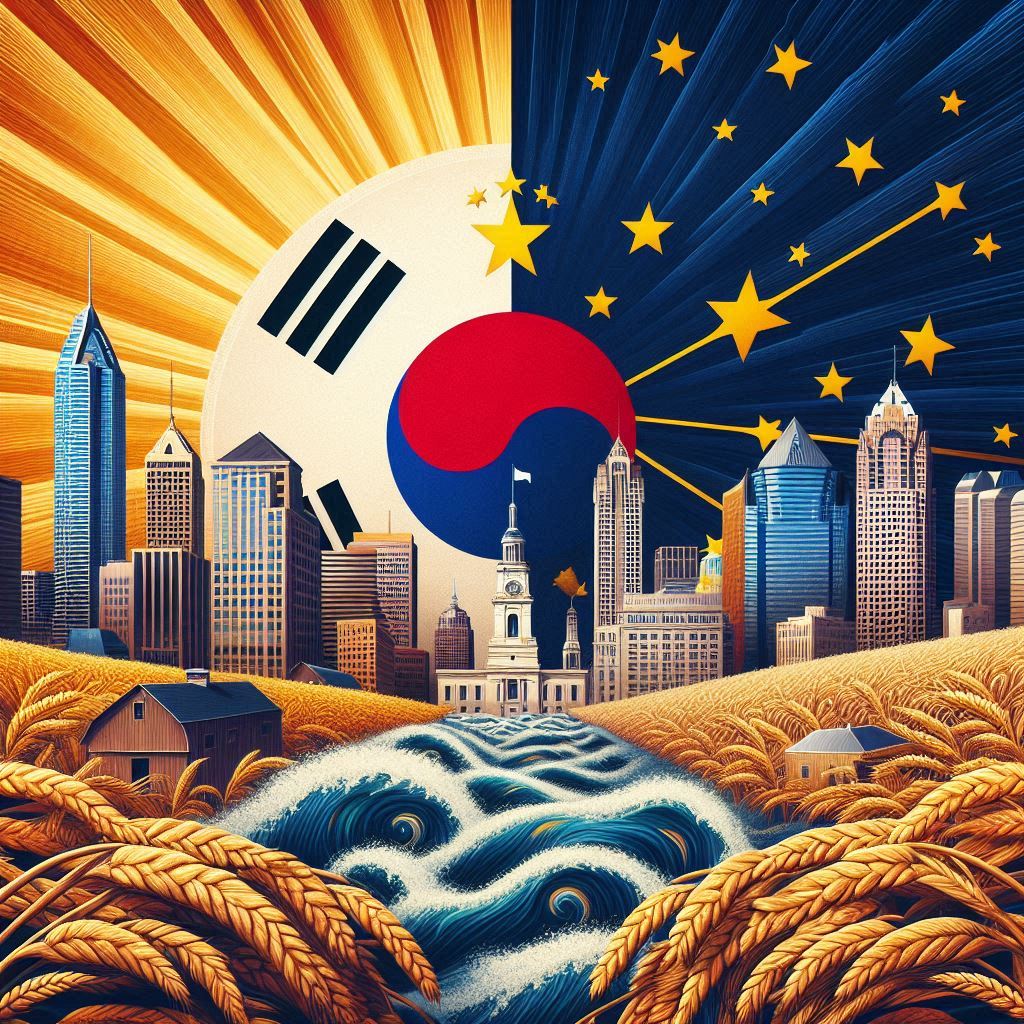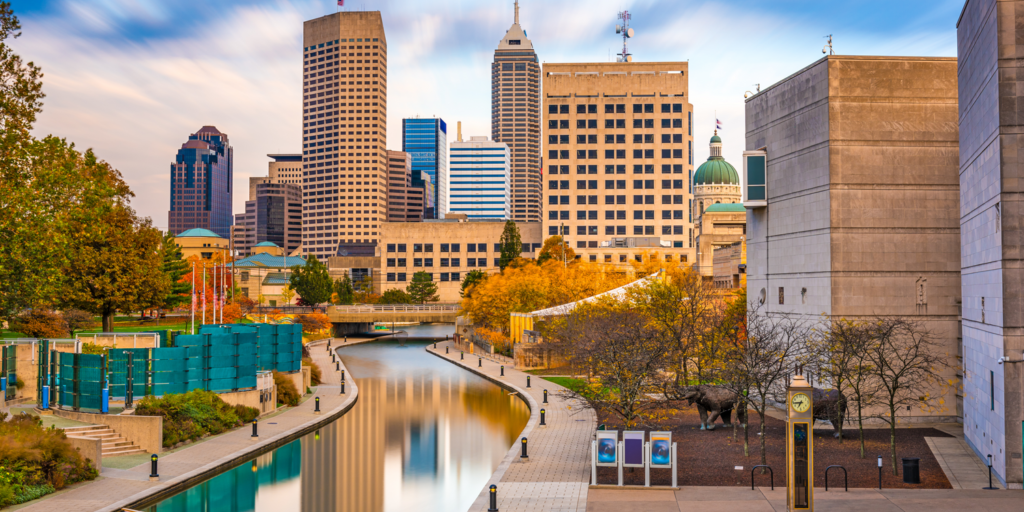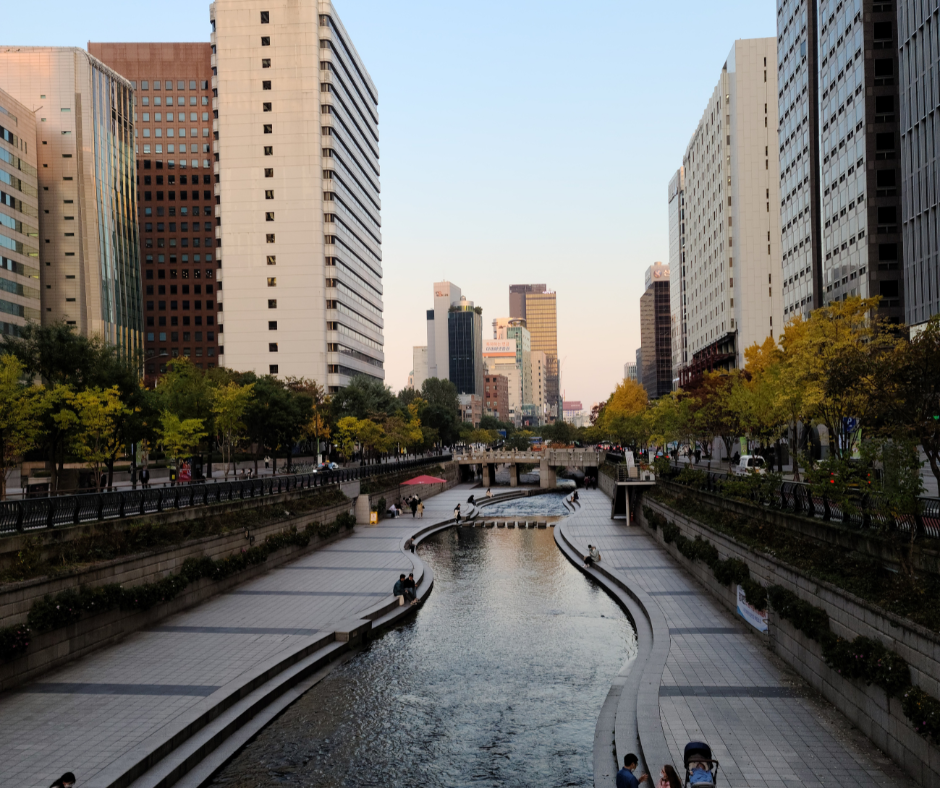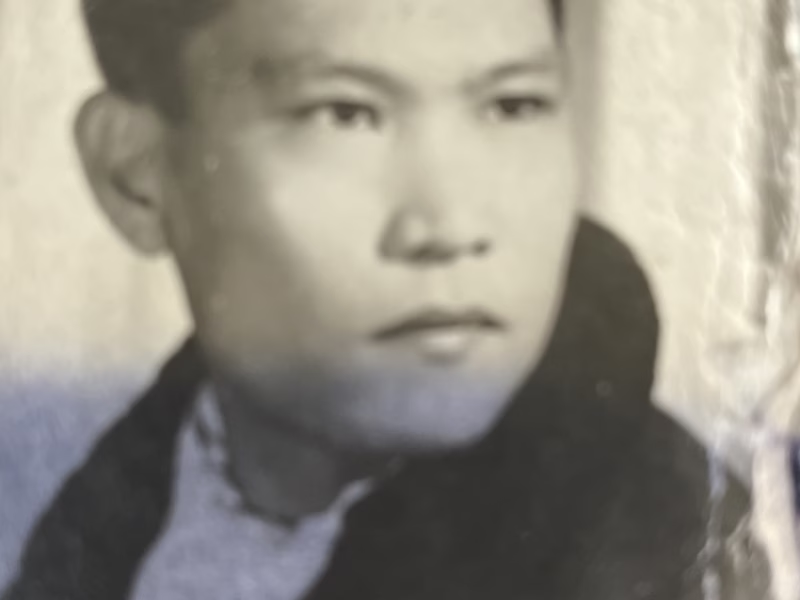Indiana and South Korea’s Newest Relationship Grows Midwest Dining and Manfacturing.

Nick and I celebrated five years of living in Indianapolis. It was a big cross-country drive, but we were old hats at it, having relocated from West Hollywood to Phoenix, then Orange County and finally Palm Springs before motoring eastward. Each relocation was for Nick’s work. Since living here, we packed again from our first house in the historic Kennedy King neighborhood into our current “forever” home within walking distance of Broad Ripple if we had sidewalks to get there. (We have the same zip code.)
Initially, the city reminded me of my elementary and high school years in Baltimore. Charm City offers mature skyscraping trees and massive, historic turn-of-the-century homes built by transportation moguls. Both areas were hubs of the Second Industrialization Revolution due to the proximity of waterways and the burgeoning railroad system. And it was walkable. I ran away from home once in my stocking, hiking seven miles from Roland Park to Fells Point.

The difference between the two, today, is that Indianapolis is larger by more than 300,000. It’s the 16th largest city in the country, wedged between Charlotte (15th) and San Francisco (17th). It’s also the third largest in the region behind Chicago (‘natch) and Columbus, OH. Baltimore’s population ranks thirtieth, sandwiched by Memphis (29) and Milwaukee (31).
Like my former town of Los Angeles, cars assisted in building Indy. According to the Indiana’s Greenfield Daily Reporter, there were 172 manufacturers of cars or car parts in Indiana, including Stutz and Studebaker in the 1900s. Today, all of them are gone and the state is home to three Asian motor companies, including Honda, Toyota, Subaru and arguably, U.K.-based Rolls Royce, which works on U.S. defense-related production.
According to Autos Drive America, Asian automotive production has outproduced U.S. automakers, driving much of the Midwest economy. These manufacturers employ 17,544 Hoosiers, produce 75 percent of total U.S. auto production, and contribute $19 billion to the state’s GSP. Indeed, manufacturing dances away with the show. Kokomo, an hour north of Indy — think driving the 101 from Hollywood to the 210 and getting off in Pasadena without traffic (I know it would never happen, but it does here) — announced in September 2023 a joint venture between The Netherlands-based Stellantis and South Korean Samsung SDI will build a new EV battery plant, creating 1400 new jobs. The city’s population in 2022 was 59,604 and will continue to grow.
After that information was released, another announcement was that six Korean restaurants will open in the area. Sokuri, serving Japanese and Korean food, opened in January and Sute, a fine-dining Korean barbecue eatery, plans to open in the coming weeks. Indy has 13 Southeast Asian places serving everything from hot pots to Asian-Latin fusion tacos. With the number of South Korean nationalists moving to Kokomo, the companies felt it would be wise to create a welcoming international atmosphere.

This Asian wave brings to mind the Christian Burmese who fled Myanmar, relocating for religious persecution from the Buddhist junta. Many fled seeking religious asylum, found it in Indiana: Greenwood, a community south of Indy, and Fort Wayne, the state’s second-largest city. The Hoosier State could be called Little Burma because it has the largest population of Burmese in the United States. If you ever dined on lahpet thoke (green tea leaf salad), a textural, umami delight, you will wonder how you ever ate an iceberg wedge with bottled Russian dressing.
One can argue that America’s heartland belongs to other countries. I see that differently; I know fewer people fly over our amber waves of grain as we become more about growing an economy that allows everyone to live where they please. We aren’t relegated to one coast or bi-coastal anymore. That’s so 20th century. Now, we are, as the tourism bureau for Illinois says, “The middle of everything.”
What do I think about it? I always ask, will the traditional foods of the Amish, Dutch and Germans who populated the state be mingled with kimchee and bulgogi? Think of a deep-fried Korean pork tenderloin slathered in a sauce of gochujang, a fermented red chili paste and maple syrup, served on gyeran-ppang, a bread crossed with a pancake and dinner roll or using Indiana pork to make jeyuk bokkeum, pork marinated in gochujang, with Hoosier grown potatoes such as Purple Chiefs or Yukon Golds.
I’ve always wanted to live in this country where the comingling of cultures is celebrated and brought together for growth and opportunity. Half a decade later, I’m seeing it come to fruition.
Korean-Inspired BBQ Meatloaf

Ingredients:
For the Meatloaf:
- 1 lb ground beef
- 1/2 lb ground pork
- 1/2 cup panko breadcrumbs
- 1/4 cup milk
- One egg, beaten
- Two cloves garlic, minced
- One tablespoon ginger, grated
- Two tablespoons gochujang (Korean red chili paste)
- Two tablespoons soy sauce (or tamari for gluten-free)
- One tablespoon of sesame oil
- 1/4 cup green onions, chopped
- 1/4 cup carrot, finely grated
- 1/4 cup onion, finely chopped
- One teaspoon of sesame seeds
- One tablespoon gochugaru (Korean red pepper flakes) – optional, for extra heat
For the Glaze:
- 1/4 cup ketchup
- Two tablespoons gochujang
- One tablespoon brown sugar
- One teaspoon rice vinegar
Instructions:
Preheat your oven to 350°F (175°C). Grease a loaf pan with butter of spay oil or line it with parchment paper. The latter assists in removing the loaf from the pan.
In a large bowl, mix the panko breadcrumbs and milk, allowing the breadcrumbs to absorb the milk. Add the ground beef, pork, egg, garlic, ginger, gochujang, soy sauce, sesame oil, green onions, grated carrot, chopped onion, sesame seeds, and gochugaru (if used). Mix until all ingredients are well integrated.
Transfer the mixture to loaf pan, pressing it down to form an even loaf. Or, do what I do, and fashion a free form loaf so much easier.
Mix the ketchup, gochujang, brown sugar, and rice vinegar in a small bowl. Spread half of the glaze over the meatloaf.
Bake the meatloaf in the oven for 45-50 minutes. Fifteen minutes before it’s done, remove the meatloaf and spread the remaining glaze on top. Return it to the oven to finish cooking.
When your remove the meatloaf from the oven, let it rest for about 10 minutes and then slice.. If you feel inspired by Korea, serve bap (rice) or the Pennsylvania Dutch, opt for buttered gluten-free egg noodles or mashed potatoes.
Go Eat.


